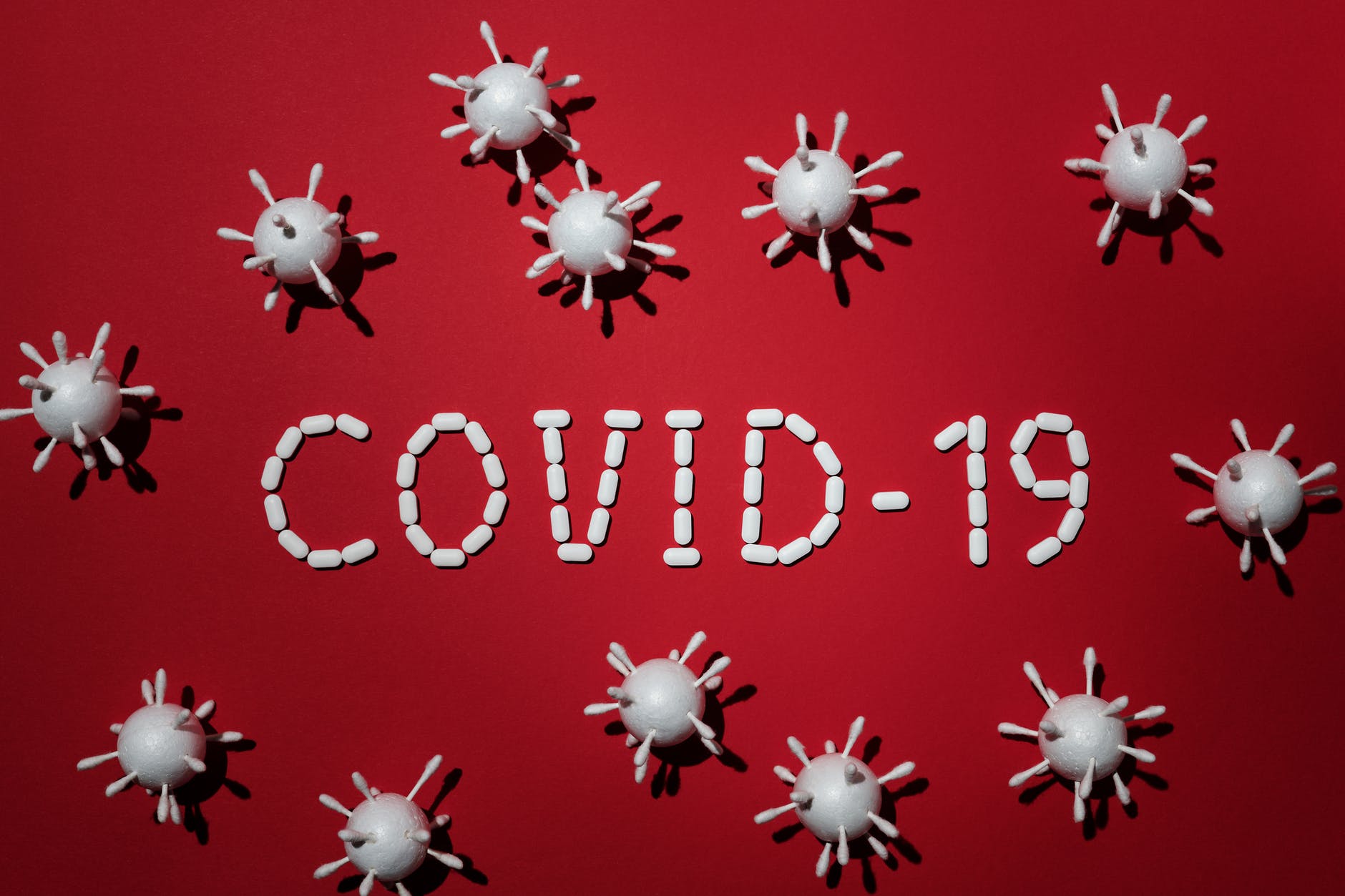What happens in hospitals?

Stefano Biasioli's post, former head of Nephrology-Hemodialysis wards, now retired and freelance in nephrology and endocrinology.
I have carefully read the text prepared by a "mixed" working group that follows the well-known "recommendations of clinical ethics for admission to intensive treatments and for their suspension", published by SIAARTI on 6 March 2020 .
I comment, bitterly.
WORKING GROUP (SIAARTI-SIMLA)
It was made up of 7 subjects plus 2 coordinators: of these, 5 anesthetists, a coroner, a lawyer, a DIMEC Bologna subject (doctor? Surgeon?), A subject from the U.Cattolica (with skills not known to us).
Observations: who chose this group? Why are there no medical figures involved in the emergency? Nephrologists, infectious disease specialists, pulmonologists, interventional cardiologists, cardiac surgeons, neurosurgeons?
The emergency does not only affect anesthesiologists-resuscitators, especially in times of Covid.
Classic example: today, in Veneto, 320 resuscitation beds (out of 840) are occupied by Covid, but in the Venetian hospitals there are another 3,000 Covid patients and 8,000 non-Covid hospitalized.
So?
FOREWORD OF THE DOCUMENT
It is the usual: "What to do in case of complete saturation?" (page 3)
Saturation? Of the beds in resuscitation or also of the emergency places in pulmonology, in the infectious disease ward, in other emergency structures?
The document is “the result of an expanded reflection”.
OBJECTIVES OF THE DOCUMENT
On page 4, "to offer professionals a suitable tool for choices … in the event of an imbalance between the demand for health care and available resources …".
Question: where were they when the medical unions (years post 2003 and post 2011) denounced the deadly cuts to health, in terms of staff, beds (resuscitation and not) and resources?
How many MI (heart attacks), how many cancers, how many COPD have died from lack of care? How many people have not been adequately treated due to structural and specialist deficiencies?
Ah, only Covid has moved consciences.
ETHICAL AND LEGAL PRINCIPLES
This is the usual list of: right to health (Article 32 of the Constitution); Principle of equality (Article 3 of the Constitution); Duty of solidarity (Article 2 of the Constitution), Universality and equity (Article 1 of Law 833/1978); Self-determination (Article 32 of the Constitution); Duty to care, to guide, to safeguard (International Guide to Covid, 29/10/20… ..with what value for Italy?).
METHODOLOGY
On 9 July 2020, the ISS invited the presidents of SIAARTI and SIMLA (Soc.It.Med. Legale e delle Assicuraz) to draw up a draft document for the "definition of triage criteria in pandemic emergencies, to be implemented in the event of complete saturation of available health assistance "(page 5).
Observation: identical to the previous one.
Also, triage where? In intensive care or already in the emergency room?
Panel of experts: was set up on 20 July 2020, with experts chosen (by whom? With what criteria?), Using the PESTEL method of analysis (decided by whom?). They started working on 29 July 2020, using the SWOT analysis method and identifying 5 areas of interest: ethics, legal, organizational, management of patients on entry, management of patients during hospitalization.
Questions: the experts elaborated 5 questions: principles of choice, legal limits, responsibilities, operating methods, methods of approach (page 7).
Twelve statements were identified with an agreement on almost all of them.
1) Principles and responsibilities
responsibility of the health organization; local organizational strategies; need for professionals to report deficiencies.
Question: isn't health management a regional competence? Is the ultimate contact person the President of the Region or the Director General of the ASL? How is the chain of command?
As a matter of fact, pages 9-10 of the document are full of obviousness (without solving the questions posed – above – by us).
2) Triage
Triage, as a "patient selection" criterion, should be preferred to the chronological criterion (page 10).
Triage must be based on objective and shared data: co-morbidities (number and type); functional state (previous and fragility); severity of the current clinical picture; presumed impact of intensive care (and here age reappears); the patient's will (previous or current).
"The triage criteria do not have a pre-defined hierarchy … you can use the Charlson Index, the Clinical Fraility scale, the mortality score 4 c …"
Sin! It is a pity that they do not know the Elixauser Index (much more complete than that of Charlson) or even the SBC one (automated and the result of a project aimed at the Veneto Region, year 2009).
However, these indices "have only a value of simple orientation, because we must rely on defined parameters and objectives as much as possible (such as, please?) Age in itself is not a sufficient criterion (page 11) but all other conditions being equal (?) it can play a role in the overall evaluation of the person ".
Comment: candid souls.
In a country where Parliament has not been able to enact a law on the end of life and on the dignity of the non-autonomous person, we would like to rule here. Previous will of the patient (who may be in a position not to be able to change it), will of relatives (with what right, especially in Covid times, with difficult relationships between family members and caregivers?).
REVALUATION AND MODULATION OF CARE
The reassessment should be daily; if “an intensive treatment path is not possible, patients must receive the most suitable less intensive treatments without postponing this decision” (page 13).
Comment: palliative treatments and to be taken immediately.
Imagine: nights, weekends, holidays, will the doctor on duty choose palliative care and write the relative decision in the file, giving reasons for it?
With a flood of law firms, outside the hospital door, waiting for him to report him, on behalf of his family.
So the hope on page 14 (the decision must be taken by the medical-assistance team) is destined to remain on paper, giving space to what is written above.
Applicability (page 15): the triage and the criteria set out in the document "are applicable from the moment in which there is an insufficiency of assistance resources".
WHAT END OF THE DOCUMENT?
It was sent to the CNEC-ISS on 11 November and becomes the subject of "a public consultation by health professionals, citizens, stakeholders".
In short, we have arrived at the sanitary Rousseau.
No, I can't believe it!
Stefano Biasioli
This is a machine translation from Italian language of a post published on Start Magazine at the URL https://www.startmag.it/sanita/che-cosa-succede-negli-ospedali/ on Sat, 28 Nov 2020 08:20:58 +0000.
